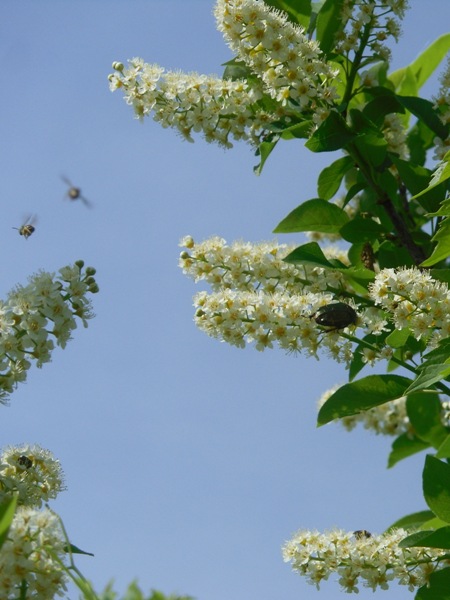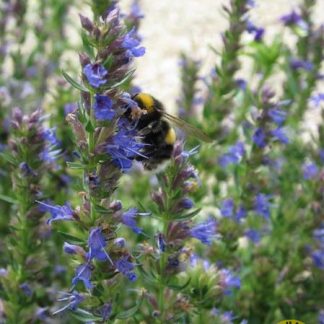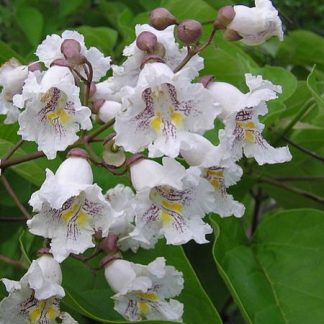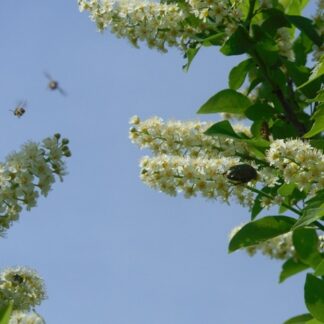Description
Family: Rosaceae
Forage for Pollinators: Provides major pollen for bees and major nectar for bees and all other pollinators, and honeybees can produce honey from this tree
Flowering time: May
Growing information: Deciduous Tree, native to a swathe of Europe from the British Isles, Scandinavia, Spain, to the Himalayas Korea and Japan, RHS hardiness 6, prefers moist, but well-drained, moderately fertile soils in full sun, by lakes or streams, also found in upland areas on both acid and alkaline soils. A large tree growing to 12m high by 4-8m wide. The white flowers grow in upright spires and are followed by small, round dark cherries in August-September. The fruit is edible though can be bitter (seed and leaves not edible due to the presence of hydrogen cyanide, so if the fruit is bitter, only small amounts should be eaten). Has a good biodiversity rating, the fruit is especially good for birds.
No major disease currently affects this species though would be at risk as a host to Xylella fastidiosa (currently not present in the British Isles), though silver leaf can be a problem, in which case pruning in mid-summer is recommended.
Photo (cropped)Saratov Oblast Russia taken by ИринаЯ/ https://creativecommons.org/licenses/by-sa/4.0/deed.en





